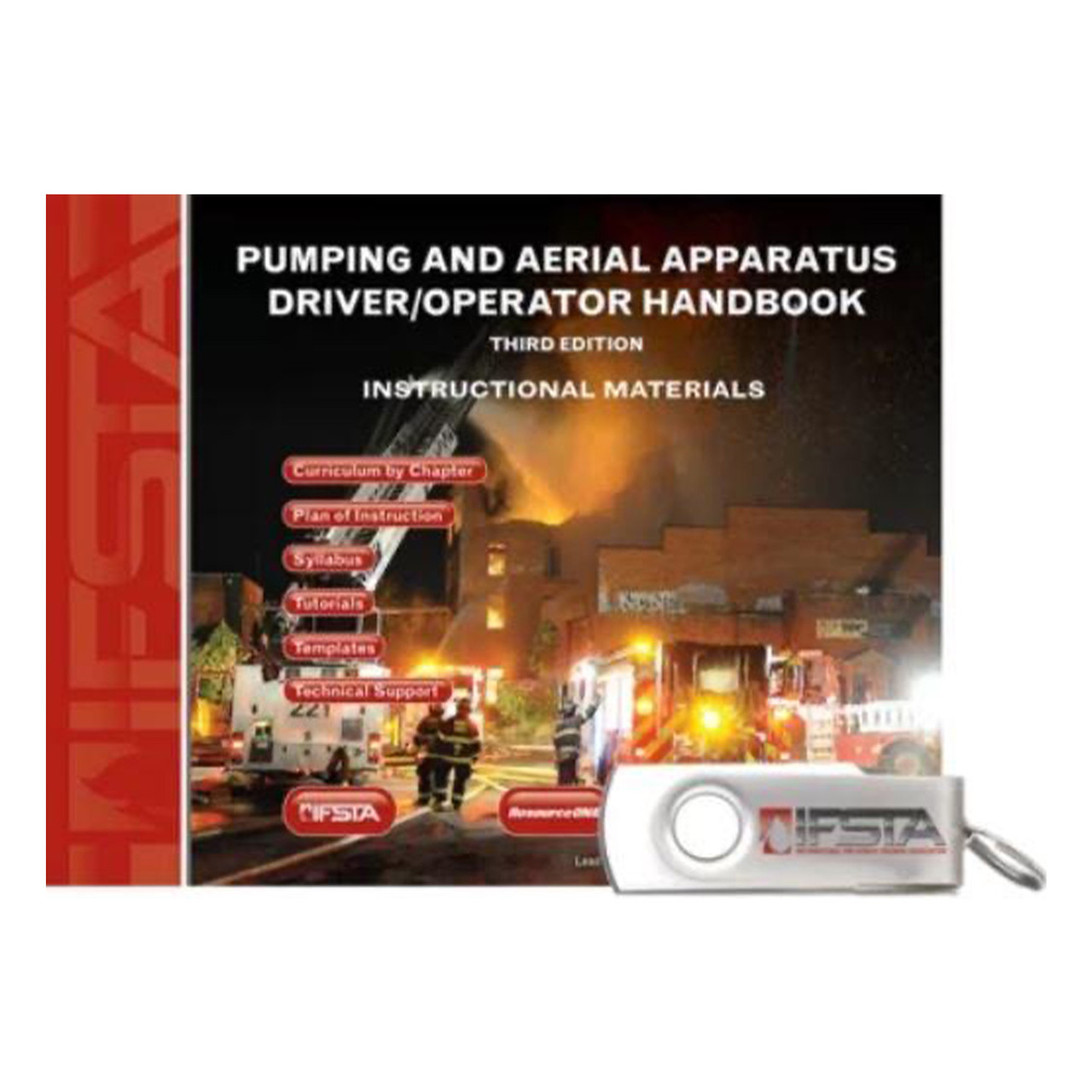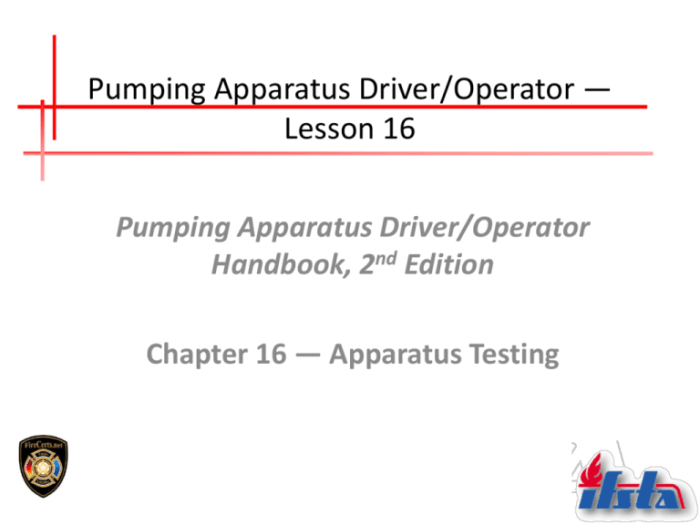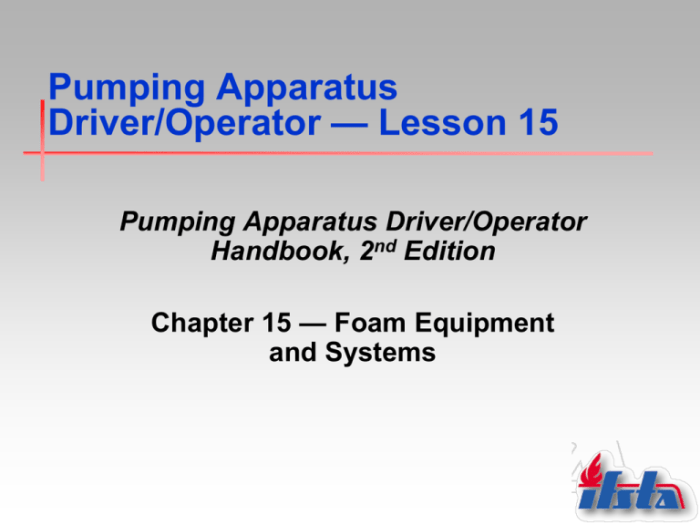The Pumping and Aerial Apparatus Driver/Operator Handbook 3rd Edition serves as an indispensable resource for firefighters and emergency responders, providing a comprehensive overview of the principles, techniques, and safety protocols associated with operating pumping and aerial apparatus. This updated edition incorporates the latest advancements in technology and best practices, empowering readers with the knowledge and skills necessary to perform their duties effectively and safely.
Delving into the intricacies of pumping and aerial apparatus, this handbook explores the various types of equipment used in firefighting operations, including pumps, ladders, platforms, and water tanks. It emphasizes the importance of safety protocols, pre-operational checks, maintenance procedures, and the proper use of personal protective equipment (PPE).
1. Introduction

The Pumping and Aerial Apparatus Driver/Operator Handbook 3rd Edition is a comprehensive guide to the operation and maintenance of pumping and aerial apparatus used in firefighting operations. It provides detailed information on the different types of apparatus, their components and functions, and the safety protocols and operating procedures that must be followed to ensure safe and effective use.
2. Overview of Pumping and Aerial Apparatus

Pumping and aerial apparatus are essential tools for firefighters, providing the means to deliver water to extinguish fires, rescue people from elevated positions, and perform a variety of other tasks. The most common types of pumping apparatus include fire engines, pumpers, and tankers, while aerial apparatus includes ladders, platforms, and aerial ladder platforms.
Components and Functions, Pumping and aerial apparatus driver/operator handbook 3rd edition
- Pumps: Used to draw water from a source and deliver it to the fire scene.
- Ladders: Extendable devices used to access elevated areas and rescue people.
- Platforms: Elevated platforms used to provide a stable work surface for firefighters.
- Water Tanks: Reservoirs used to store water for firefighting operations.
3. Safety and Operating Procedures

Safety is paramount when operating pumping and aerial apparatus. Pre-operational checks must be performed to ensure the apparatus is in good working order, and proper maintenance procedures must be followed to keep it in peak condition. Personal protective equipment (PPE) must be worn at all times to protect firefighters from hazards.
Emergency Protocols
- In the event of an emergency, firefighters must follow established protocols to ensure the safety of themselves and others.
- These protocols include procedures for responding to fires, medical emergencies, and other incidents.
4. Driving and Maneuvering Techniques

Driving and maneuvering pumping and aerial apparatus requires skill and experience. Firefighters must be able to safely navigate these large vehicles in a variety of conditions, including tight spaces, inclines, and uneven terrain.
Outriggers and Stabilizers
Outriggers and stabilizers are essential for ensuring the stability of aerial apparatus during operation. Firefighters must be trained in the proper use of these devices.
5. Aerial Operations
Aerial operations are complex and potentially hazardous. Firefighters must be thoroughly trained in the principles of aerial operations, including ladder placement, platform extension, and load handling.
Safety Precautions
- Safety precautions must be followed at all times to prevent accidents.
- These precautions include maintaining a safe distance from power lines, avoiding excessive loads, and using proper fall protection equipment.
6. Troubleshooting and Maintenance
Regular maintenance is essential to keep pumping and aerial apparatus in good working order. Firefighters must be able to identify and troubleshoot common problems, and they must be able to perform basic maintenance tasks.
Troubleshooting
- Firefighters must be able to identify and troubleshoot common problems with pumping and aerial apparatus.
- This includes problems with pumps, ladders, platforms, and other components.
Maintenance
- Regular maintenance is essential to keep pumping and aerial apparatus in good working order.
- This includes tasks such as checking fluid levels, inspecting hoses, and cleaning the apparatus.
Questions and Answers: Pumping And Aerial Apparatus Driver/operator Handbook 3rd Edition
What are the key components of a pumping apparatus?
Pumps, water tanks, discharge valves, and piping systems.
What are the different types of aerial apparatus?
Ladder trucks, aerial platforms, and elevating platforms.
What are the safety precautions for aerial operations?
Proper ladder placement, platform extension, load handling, and adherence to weight limits.